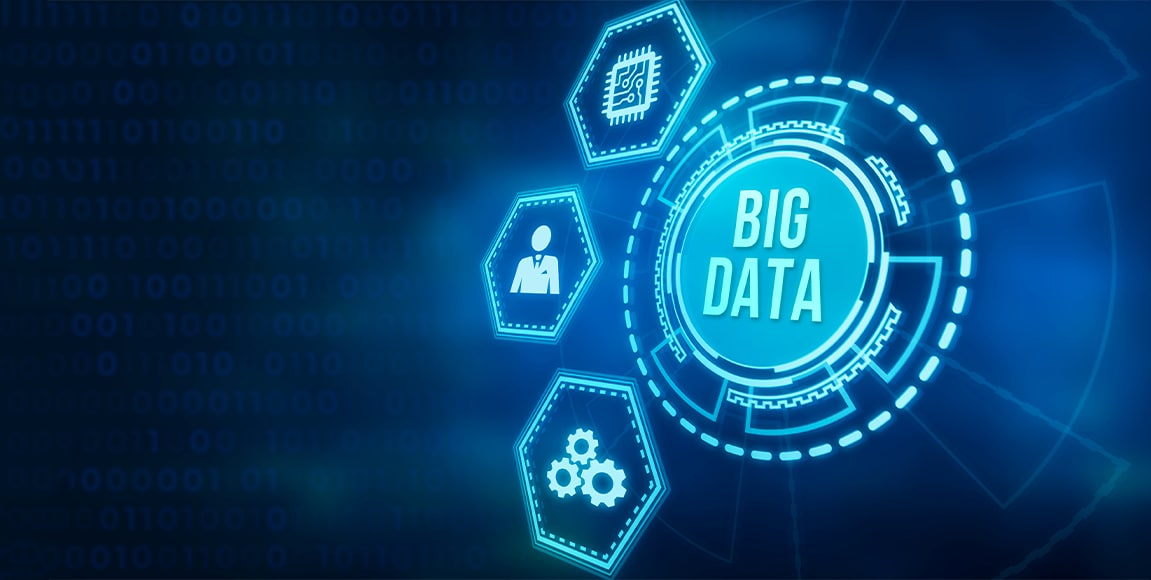According to Statista, global data creation will surpass 180 zettabytes by 2025. Data today is no longer confined to a single source or location. It is generated from many different sources and platforms spread across the globe.
Data is generated and stored in various environments, from cloud-based applications to on-premises systems. This multi-source data generation adds another layer of complexity as organizations must ingest, integrate, and analyze data from multiple locations to gain a holistic view of their operations.
This brings us to the question: What is data ingestion in big data, and how is it used in the real world? This blog comprehensively examines data ingestion, its types, and its use cases.
What is data ingestion in big data?
Data ingestion is the process of collecting and importing raw data from diverse sources into a centralized storage or processing system (e.g., a database, data mart, or data warehouse). Ingestion facilitates data analysis, storage, and further data utilization for decision-making and insight gathering.
Data ingestion in big data environments differs from regular data ingestion in traditional data systems. The key differences lie in the scale, complexity, and processing methods involved. In traditional data ingestion, structured data is typically extracted from sources such as ERP systems or relational databases and subsequently loaded into a data warehouse.
In contrast, big data ingestion involves diverse sources and targets, incorporating streaming data, semi-structured and unstructured data from IoT devices, server monitoring, and app analytics events. The variations in data types and ingestion techniques make big data environments more dynamic and challenging to manage effectively.
How to ingest data?
Ingesting data involves the process of importing, collecting, or loading data from various sources into a data storage system for further processing and analysis. Here are the general steps involved in ingestion:
- Data extraction: Retrieving data from various sources in its raw form. Achieve through APIs, file transfers, database queries, or web scraping.
- Data transportation involves moving the extracted data from its source to a centralized location or storage system, such as a data warehouse, data lake, or streaming platform.
- Data transformation: Preparing and cleaning the data to ensure it is in a consistent and usable format. This may include data validation, enrichment, normalization, and other data cleansing operations.
- Data loading involves storing the transformed data in the target data storage system and making it accessible for analysis, reporting, and other data processing tasks.
Understanding ingestion in big data also helps identify potential bottlenecks or inefficiencies in the data flow, allowing organizations to optimize their data pipelines.
What are the different types of data ingestion?
Data is the backbone of modern businesses, driving innovative solutions. However, to harness data’s full potential, it must be collected and processed efficiently.
This is where data ingestion comes into play. To truly understand ingestion in big data, one must know its different types. There are various types of data ingestion, each suited for different data sources and use cases, such as:
1. Batch data ingestion
Batch data ingestion involves collecting and processing data in predetermined, fixed-size batches. Data is accumulating over a specific period. This method is particularly useful for non-time-sensitive data and scenarios where data consistency is important. Batch processing can be resource efficient as it allows data to be processed in bulk, making it ideal for handling large volumes of data.
2. Real-time data ingestion
As the name suggests, real-time data ingestion enables immediate data processing as soon as it becomes available. This method is ideal for time-critical applications like real-time analytics and monitoring. It ensures organizations respond promptly to changing data and make decisions based on the most up-to-date information.
3. Change data capture (CDC)
Change Data Capture (CDC) is a specialized data ingestion technique that focuses on capturing and replicating only the changes made to the source data. Instead of processing the entire dataset, CDC identifies the modifications (inserts, updates, or deletes) and extracts only those changes, reducing processing overhead. CDC is commonly used in databases and data warehouses to keep replica systems in sync with the source.
4. Streaming data ingestion
Streaming data ingestion deals with continuous, real-time data flow from various sources. It is especially suitable for data generated by IoT devices, social media feeds, sensors, and other sources where data is produced continuously. Streaming data ingestion platforms handle data in small chunks, processing and storing it as it arrives, enabling real-time analysis and insights.
5. Cloud data ingestion
Cloud data ingestion involves moving data from on-premises systems to cloud-based storage or processing platforms. Cloud-based solutions offer scalability and help reduce expenditures, making them increasingly popular for managing vast data. Cloud data ingestion allows organizations to leverage cloud resources and use various cloud-based data processing and analytics tools.
6. Hybrid data ingestion
Hybrid data ingestion combines elements of both on-premises and cloud-based data ingestion. In this approach, organizations utilize local and cloud resources to manage data ingestion, storage, and processing. Hybrid data ingestion is suitable for scenarios where certain data must remain on-premises due to regulatory or security requirements, while other data benefits from cloud-based scalability and services.
7. Lambda-based data ingestion
Lambda-based data ingestion is an architectural pattern that blends batch and real-time data processing. It involves processing data in two parallel paths: one for real-time data streams and the other for historical data processing in batches. This approach allows organizations to derive insights from real-time and historical data, providing a comprehensive view for analysis.












